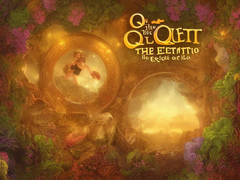
In this article, we explore the unique and fascinating world of artis muleh. Artis muleh refers to a traditional art form deeply rooted in cultural heritage. This art form has a rich history and has evolved significantly over time. We will discuss its origins, significance, and the various techniques involved.
Historical Background
Artis muleh has a history that dates back several centuries. It is a traditional art form practiced by indigenous communities. The roots of artis muleh are intertwined with the cultural practices and daily lives of these communities. Over the years, it has gained recognition for its intricate designs and symbolic meanings.
Techniques and Styles
The techniques used in artis muleh are diverse and reflect the creativity of the artists. Traditional methods include handcrafting and the use of natural materials. Each piece is unique, showcasing a variety of patterns and motifs that tell stories and convey cultural significance. Modern adaptations have introduced new styles, but the essence of artis muleh remains intact.
Significance and Cultural Impact
Artis muleh plays a crucial role in preserving cultural identity. It is not only an art form but also a medium through which cultural values and traditions are passed down through generations. Its impact extends beyond art, influencing fashion, decoration, and community events.
In conclusion, artis muleh is more than just an artistic expression; it is a vital part of cultural heritage. Its historical depth, diverse techniques, and cultural significance make it a remarkable art form that continues to be cherished and celebrated.









